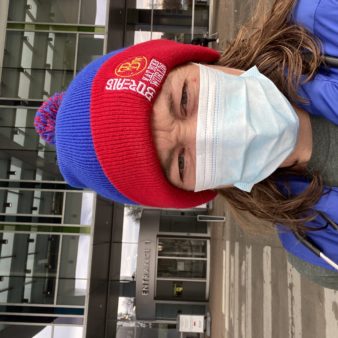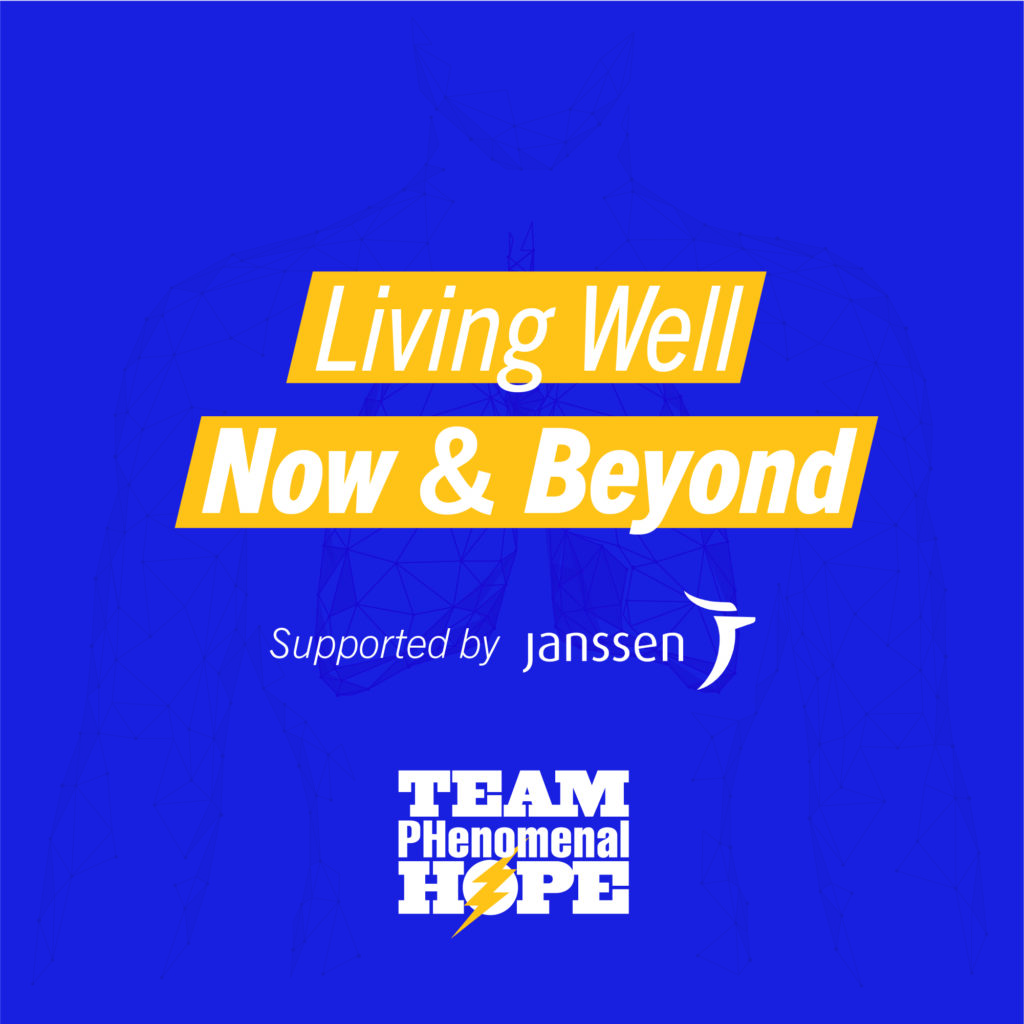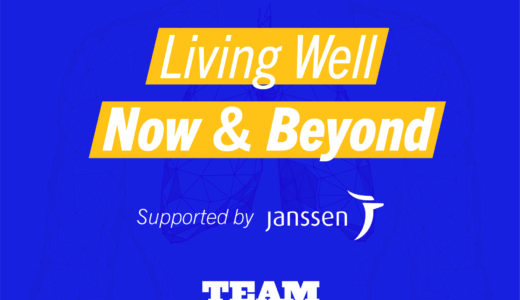The Impact of the Pandemic on the PH Community: Living Well Now and Beyond

The COVID-19 pandemic has impacted us all, but it has especially affected people living with pulmonary hypertension (PH). First and foremost, concern was focused on fighting the pandemic. For many of us working in pulmonary hypertension clinics, we shifted to telemedicine and more remote care to limit in person visits and keep everyone as safe as possible. At the same time, many patients themselves postponed routine follow up visits. Given what we were facing in 2020 and 2021, especially during times of surging cases, limited knowledge of the virus and lack of a vaccine, it made sense to focus on staying safe.
One of the concerns, however, is that without routine follow up visits we may miss early detection of disease progression. PH is a group of progressive diseases that require regular assessment to make sure patients are improving on therapy, and most importantly not getting worse. Medical expert guidelines recommend patients are seen every 3 months with routine testing including blood tests, exercise testing and echocardiogram every 6 months. Without these routine visits and tests, the risk of PH progressing is very concerning to your health care team.
There is data in the medical literature that in fact support the impact of the pandemic on PH patients. In a study by Lee and colleagues, surveying Comprehensive Care Centers in the USA, they reported that although COVID-19 cases were rare in people with pulmonary arterial hypertension (PAH) or chronic thromboembolic pulmonary hypertension (CTEPH), with an estimated incidence of 2.9 per 1000 patients, the cases were more severe in these patients than the general population. Perhaps even more significant, the PH centers reported that during the pandemic, there were fewer clinic visits, increased use of telehealth, and decreased use of diagnostic testing (Lee JD et al. Annals ATS 2020; 17 (12): 1576-1582). In a patient-level survey of the PH community performed in Europe, there were reports of deterioration and hospitalization due to interruptions in PAH therapies, and 11% of patients reported difficulties accessing their care center (Godinas L et al, Orpahet J Rare Dis 2021; 16: 196). As more time passes no doubt we will learn more about the direct and indirect impacts of COVID-19 on our community.
So what can we do about this? And how can we prevent patients from getting worse because fewer visits and less testing allowed changes to go undetected?
Team PHenomenal Hope has launched a campaign called “Living Well Now and Beyond” to engage and help guide patients back to clinic in a safe way. In the coming months we will share a checklist to help guide patients how to safely return to clinic.
We will discuss the various options for getting back to clinic (telehealth versus in person visits), and also recommend tools you can use to keep yourself safe. The most important part of this that we always emphasize is that if it has been longer than it usually is for you to touch base with your PH team, We can’t emphasize enough how critical it is to contact your PH team today to make a plan that is right for you and ensure everything possible is being done to live well with PH.
I’m excited about this campaign, and hope you’ll join us for the virtual support groups, round table, and Twitter Chat. I hope you’ll read our blog posts, and watch and share our videos and the checklist as we move forward. Talk to and encourage your fellow PH patients about following up with their care teams. All it takes is a phone call to get back on track. Please don’t delay-we want to hear from you!




